This article explores how artificial intelligence and augmented reality are revolutionising cosmetic dentistry—especially, how virtual smile previews help patients gain clarity, reduce anxiety, and build confidence before treatment.
As a cosmetic dentist, I have always believed that dentistry is not only about fixing teeth; it is also about confidence – watching someone finally smile without holding back. Over the years, technology has transformed my practice in numerous ways, but nothing has impacted the patient experience as significantly as artificial intelligence (AI) and augmented reality (AR) in virtual smile previews.
One of the biggest fears patients share with me is, “Will I really look good with veneers?” or “What if the result does not suit my face?”
A few years ago, I would rely on before-and-after photos, sketches, or mock-ups. Helpful, yes, but never enough to erase doubts. People were still left imagining.
Now, things feel very different. With AI analysing a person’s face and AR bringing that analysis to life, patients can literally see themselves with their new smile in real time. Not just in a photo, but while talking, laughing, and moving naturally. It changes the entire conversation.
I remember a young professional who came to me worried that veneers would make her look “fake”. We tried the AR preview. She looked at herself, smiled, and laughed, and for the first time, she saw what was possible. It was not a stranger she was seeing. It was her – only more confident. That moment gave her the clarity to go ahead.
People often ask if AI will replace dentists. From where I stand, the answer is no. If anything, it makes my role even more critical.
AI can suggest ideal proportions, but it cannot know someone’s personality. A sparkling white smile may be perfect for a model on screen, but for a teacher or professor who needs to look approachable and credible, something more natural works better.
Technology shows the options. The dentist, with the patient, chooses the meaning behind those options.
We are living in an age of filters. Everyone scrolls through images where faces are polished, lips reshaped, and teeth made impossibly white. Patients walk in with those pictures in mind, expecting the same.
Virtual smile previews cut through that noise. They show what is actually achievable, medically and realistically. No illusions. No filters. Just possibilities based on science. This honesty creates trust.
Patients feel part of the process. Their anxiety drops, conversations flow faster, and treatment choices feel informed instead of rushed.
Of course, the technology is not perfect. AI depends on the data it learns from. AR still struggles with subtle details, such as gum lines or predicting how teeth will age. And then there is the cost, which can deter smaller practices.
But perfection is not the point. Even using these tools in small ways, such as showing a preview during a consultation, can significantly impact how patients feel.
The irony is this: the more advanced the technology becomes, the more personal the experience feels. Allowing someone to try on their future smile makes them an active part of the journey, not a passive observer.
For me, the best moments are not about getting the shade just right or lining teeth perfectly. It is when I see a patient’s face light up because, for the first time in years, they can imagine themselves smiling freely.
AI and AR make that possible. But it is still the human connection – the empathy, the listening, and the reassurance – that make the change real and lasting.
Dentistry has always been about more than fixing what is broken. It is about giving people back their confidence. AI and AR are not here to replace dentists. They are here to help us offer care that feels more transparent and collaborative.
As these tools grow, they will not just change how we work. They will change how patients see themselves, how they trust the process, and how they step into their new lives. And that, to me, is what dentistry has always been about: changing lives one smile at a time.
Topics:
Tags:
MANGALORE, India: Digital smile design has begun employing artificial intelligence (AI), raising questions about the quality and acceptability of ...
Leuven, Belgium: As digital dentistry continues to evolve, artificial intelligence (AI) is stepping into roles once thought to require exclusively human ...
Embarking on a pioneering journey, a new artificial intelligence (AI)-driven bibliometric analysis 1 has unveiled the scientific landscape of the Socket ...
The crisis of antimicrobial resistance (AMR) stems largely from the widespread misuse and overprescription of antibiotics across various sectors, including ...
gentledental.ai is reshaping the landscape of oral care by seamlessly connecting oral health to general health through an AI-powered Smart Toothbrush
...
Dr. Rohan Jagtap—the author of the book “Artificial Intelligence in Dentistry”—was interviewed by Dr. Amisha Parekh, PhD candidate at the University...
Nine new technologies from virtual reality through artificial intelligence (A.I.) to CRISPR are all set to revolutionise dentistry. They will not only have ...
Dentistry is witnessing the combination of Artificial Intelligence (AI) and Augmented Reality (AR), two disruptive technologies that promise to ...
Tobacco use continues to be a global health concern, with devastating effects on individuals and societies. Tobacco kills more than 8 million people each ...
Smart toothbrushes and intra-oral sensors that continually monitor biomarkers in the oral cavity, efficient and free dental services based on preventive and...
Live webinar
Mon. 22 December 2025
11:30 pm IST (New Delhi)
Live webinar
Mon. 12 January 2026
7:30 pm IST (New Delhi)
Prof. Judith Jones D.D.S; M.P.H., Prof. Kakuhiro Fukai D.D.S., Ph.D, Dr. Bathsheba (Bethy) Turton
Live webinar
Wed. 14 January 2026
10:30 pm IST (New Delhi)
Dr. Théo Laplane, Dr. Robert Gottlander DDS
Live webinar
Fri. 16 January 2026
10:30 pm IST (New Delhi)
Live webinar
Mon. 19 January 2026
11:30 pm IST (New Delhi)
Philipp Kopp, Michael Seeber
Live webinar
Fri. 23 January 2026
12:30 am IST (New Delhi)
Dr. Nicola M. Grande DDS, PhD
Live webinar
Wed. 28 January 2026
6:30 pm IST (New Delhi)



 Austria / Österreich
Austria / Österreich
 Bosnia and Herzegovina / Босна и Херцеговина
Bosnia and Herzegovina / Босна и Херцеговина
 Bulgaria / България
Bulgaria / България
 Croatia / Hrvatska
Croatia / Hrvatska
 Czech Republic & Slovakia / Česká republika & Slovensko
Czech Republic & Slovakia / Česká republika & Slovensko
 France / France
France / France
 Germany / Deutschland
Germany / Deutschland
 Greece / ΕΛΛΑΔΑ
Greece / ΕΛΛΑΔΑ
 Hungary / Hungary
Hungary / Hungary
 Italy / Italia
Italy / Italia
 Netherlands / Nederland
Netherlands / Nederland
 Nordic / Nordic
Nordic / Nordic
 Poland / Polska
Poland / Polska
 Portugal / Portugal
Portugal / Portugal
 Romania & Moldova / România & Moldova
Romania & Moldova / România & Moldova
 Slovenia / Slovenija
Slovenia / Slovenija
 Serbia & Montenegro / Србија и Црна Гора
Serbia & Montenegro / Србија и Црна Гора
 Spain / España
Spain / España
 Switzerland / Schweiz
Switzerland / Schweiz
 Turkey / Türkiye
Turkey / Türkiye
 UK & Ireland / UK & Ireland
UK & Ireland / UK & Ireland
 International / International
International / International
 Brazil / Brasil
Brazil / Brasil
 Canada / Canada
Canada / Canada
 Latin America / Latinoamérica
Latin America / Latinoamérica
 USA / USA
USA / USA
 China / 中国
China / 中国
 Pakistan / Pākistān
Pakistan / Pākistān
 Vietnam / Việt Nam
Vietnam / Việt Nam
 ASEAN / ASEAN
ASEAN / ASEAN
 Israel / מְדִינַת יִשְׂרָאֵל
Israel / מְדִינַת יִשְׂרָאֵל
 Algeria, Morocco & Tunisia / الجزائر والمغرب وتونس
Algeria, Morocco & Tunisia / الجزائر والمغرب وتونس
 Middle East / Middle East
Middle East / Middle East


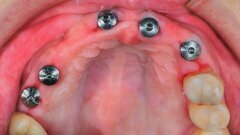
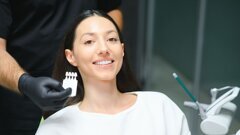






























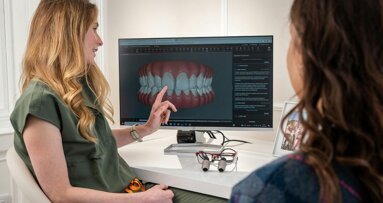
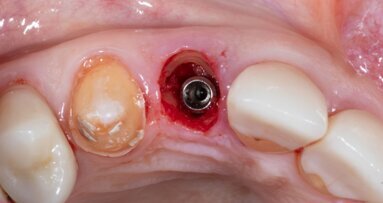


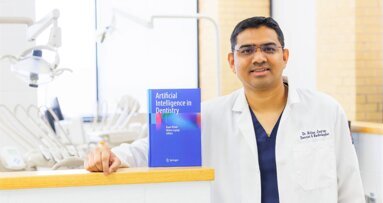





















To post a reply please login or register